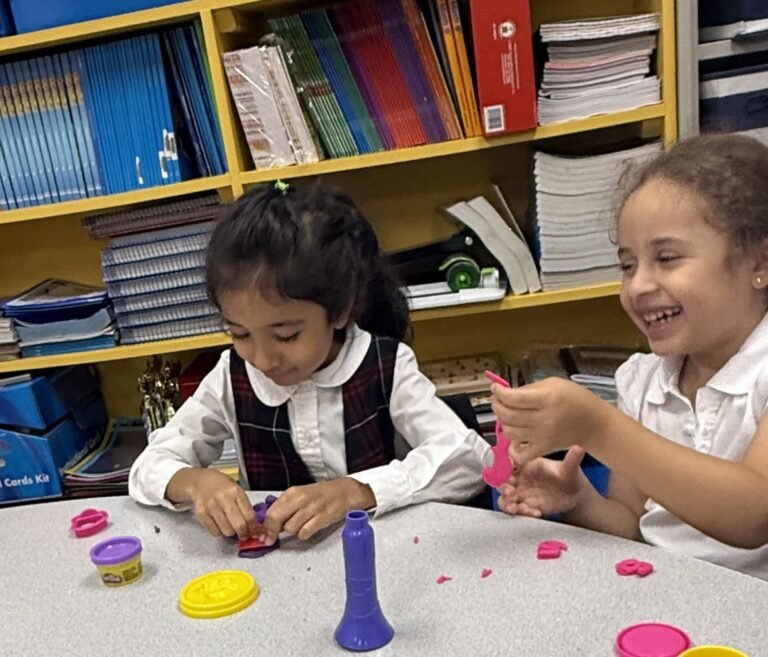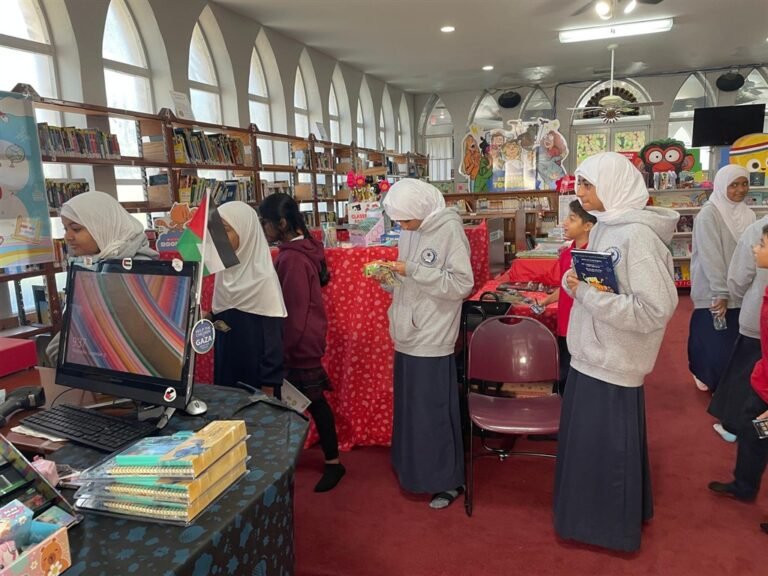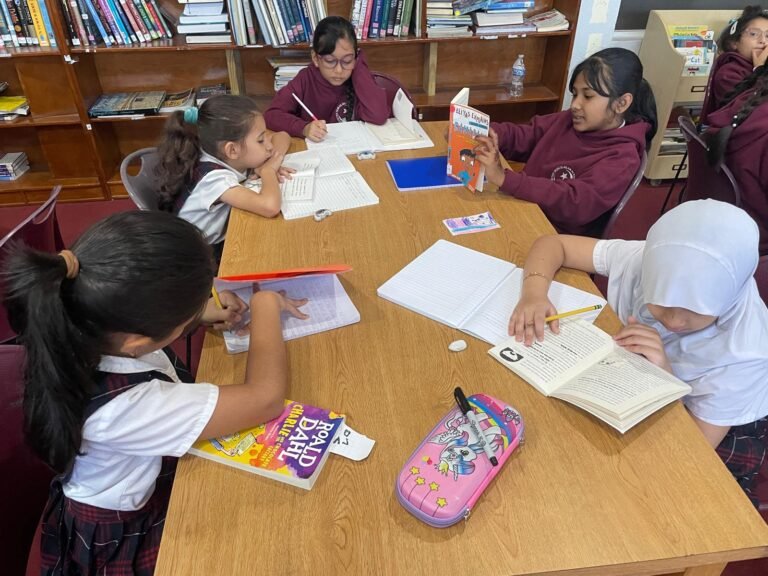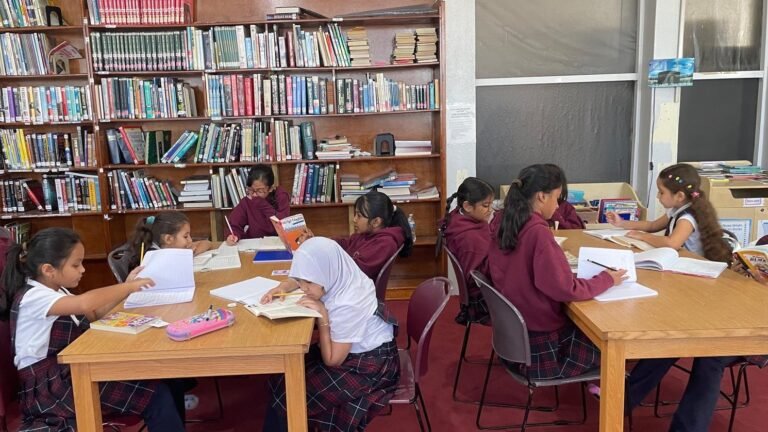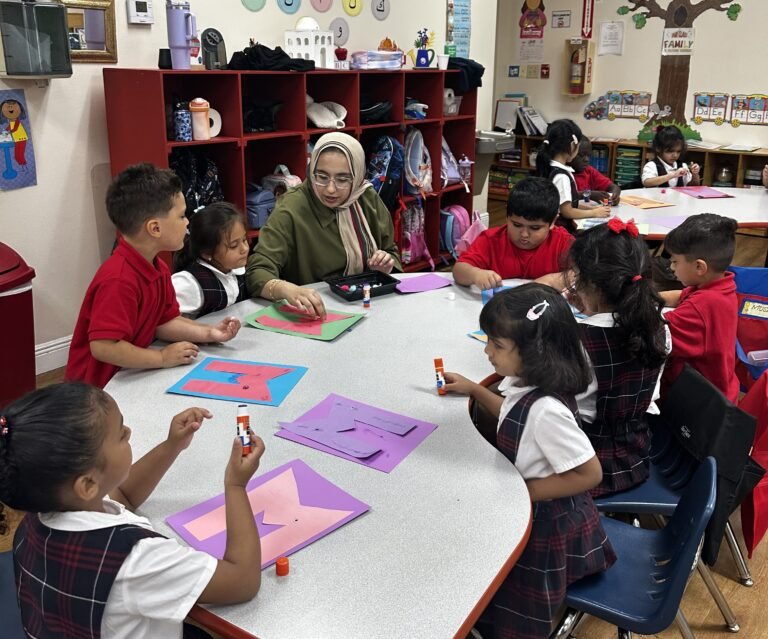
Media Center/Library
A library is one of the important assets of any community. It is where science merges with
philosophy, fiction meets reality, and art imitates life; it is intended to be the cornerstone of the
school community. School libraries are no longer just for books. Instead they have become
sophisticated 21 st century learning environments, offering a full range of print and electronic
resources that provide equal learning opportunities to all students; they are staffed by qualified
professionals trained to collaborate with teachers and engage students with information that matters to them both in the classroom and in the real world.
The Academy’s collection has been centralized to a large extent. But for convenience and to
encourage more reading, some books are housed in the Pre-School and elementary classrooms. The library currently houses approximately 12,000 copies which include general books for checkout to all students, faculty, and staff as well as Audio, References, Magazines, Software and other materials, which may be accessed within the library in the Reference Section.
The References Section (for teachers and students) of the library is located in the left corner of the library. Reference books cannot be checked out, they can only be used within the library. This
section also includes various maps, atlases, Islamic books, encyclopedia, and dictionaries for
different grade levels.
The library is divided into several sections and subsections. The sections are as follows: Languages – Arabic-Fiction and Nonfiction, Spanish, and English; Islamic Studies; Quranic Studies; Religion; General References; Computer and Information Technology; Social Sciences-Psychology, Geography, History, and Sociology; Sciences-Biology, Physics, Chemistry; Arts and Recreation; Literature-Science Fiction and Fantasy, Fiction (Sports), Historical Fiction, Classical Fiction, Action and Adventure, and Mystery and Suspense.
Many of our books are Accelerated Reader (AR) books, which can be used the online AR program to test our students in reading comprehension and vocabulary. Tests are graded immediately; the scores are shared with the students, their parents (via email), and their English teachers.
The library has state-of-the-art computers for student use. Students can take AR tests, conduct research, and create Power point projects. These computers are for school use only. They cannot access any social media networks. The librarian’s computer is the master computer, which allows the librarian to monitor the students’ use of their computer time.
The library hours are from 7:30 AM- 4:30 PM, which is half an hour before classes and half an hour after classes for students to check out books. They are also allowed to check out books during their class library periods, as well as during lunch and snack.
When the elementary classes come to the library, they enter the library in a quiet line with their
teachers; they walk to the carpet and sit down in a circle waiting for further instructions. When
students who come to the library with their class, they drop their return books in the “Return
Books” or they may stop by in-between classes and drop off their books.
Students who return library books late are charged a nominal late fee of $0.10 per day. Students who do not follow this rule receive a letter from the librarian stating the late fees and the title of the books they must return to the library.
Our Library collections are classified by “Dewey Decimal” system with computerized cataloging and circulation by “ALEXANDRIA Library Software” system.
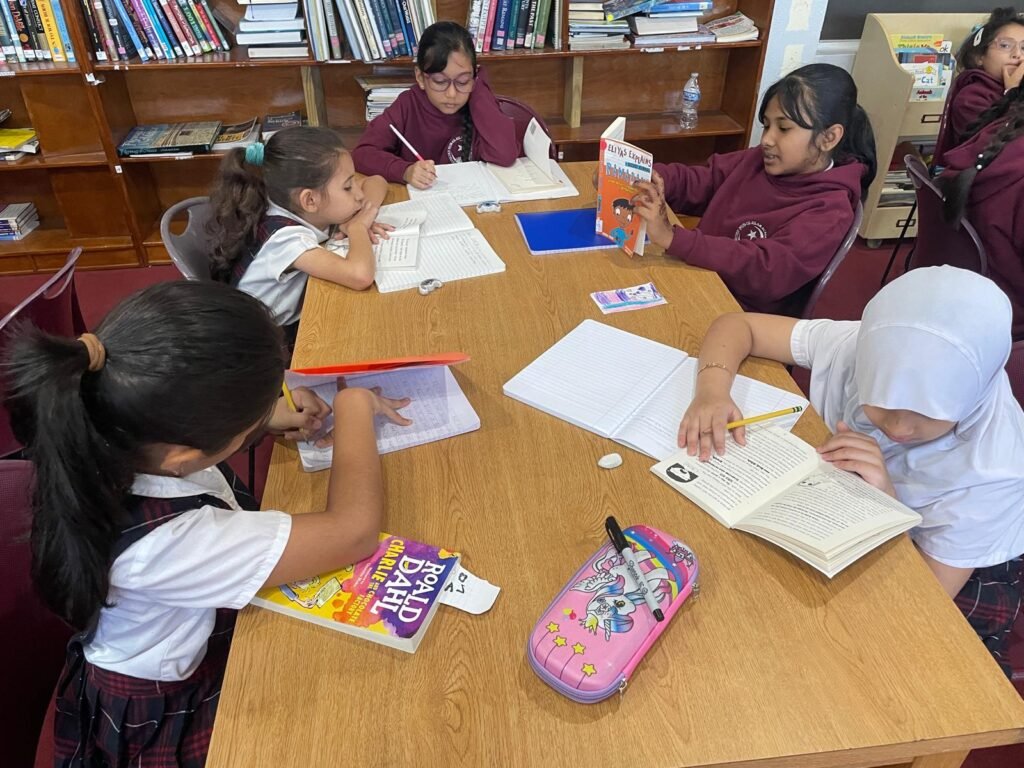
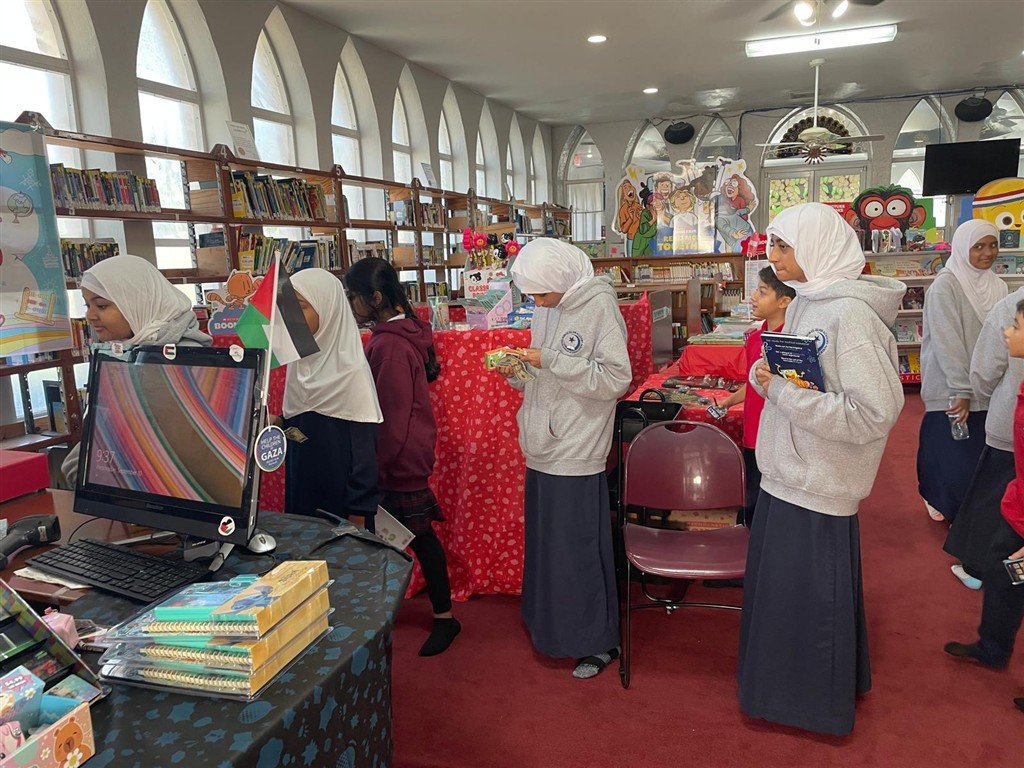


The Librarian’s Responsibilities:
- Administer a planned program for collection development that meets goals and maintains a relevant collection.
- Sort all new books and materials that come into the library.
- Computerize and catalog all library books and materials by using “ALEXANDRIA Library Software” system.
- Arrange, maintain, and circulate resources.
- Maintain circulation files and records.
- Maintain and distribute lists of overdue and missing materials and send it home with homeroom teachers for parents’ awareness.
- Maintain inventory records of print, non-print materials, and equipment.
- Design special programs (e.g. book fair, etc.) and events to promote the media center. Also annual book fair is an important event, not only benefiting the library, but also enhancing the feeling of community.
- Train volunteers to assist with nonprofessional duties such as shelving, helping during events, circulation.
- Plan, prepare, and arrange bulletin boards, displays, and exhibits to update current news.
Students from the pre-school through the 5 th grade are scheduled to visit the library on a weekly basis. During that time the librarian would:
- Introduce students to the rules of the library
- Assist them in accessing materials
- Read to them
- Check out books for circulation – all books that are checked out MUST be returned one week later.
The librarian works collaboratively with pre-school and elementary teachers so that information
literacy skills taught in the classroom are integrated into the library curriculum. The librarian attends the faculty meetings to plan with teachers the theme of the month to be integrated in library classes.
The middle and high school students use the library services in the following ways:
- Students have visited the city library to learn about research sources and apply their use in the writing of research papers
- They the new computers to conduct research and create Power point projects Students were encouraged to collaborate with Broward County Library by requiring all students to apply for a library card
- Students conduct research using online services of the Broward County Library system, both from home and the school’s computers
- They use the library and computer lab to create class projects for varied classes
Library vision and goals:
- To have a link from the school web site for the library media center to update and provide appropriate information for students, teachers, and the community.
- To promote higher circulation through different reading programs.
- To gain access to resources beyond the media center.
- To Provide a Multimedia area (video, television, scanner, lamination machine, video camera,etc.) for middle and high school students and teachers to reflect their ability to use technology.
- To have computer stations for accessing library resources and research.
- To provide an area for distance learning for delivery or integration of curriculum, as well as for staff development.
- To promote students, teachers, administration and parents’ communication electronically through emails to reduce expenses and save time.
- To recruit a library Media clerk to help promoting the library services.

